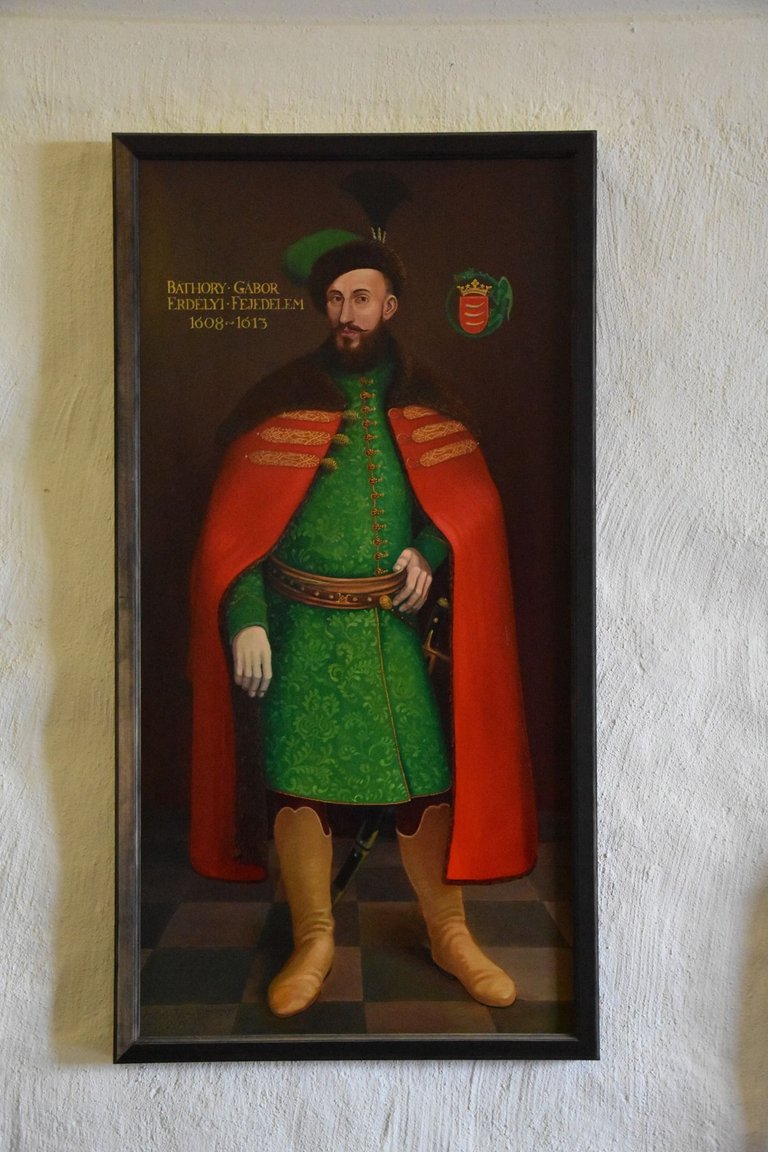It's been a while since I wrote anything here due to lack of time, but the time has come to correct this situation. Especially since I have accumulated quite a lot of photos from various trips that I need to tell the world about. Today I will tell you about the Fuzer Castle, which is located in the north of Hungary. The location area is better known as the Zemplinski or Tokaj mountains.

The first written mention of the castle dates back to 1264, but historians believe that it is actually much older. It is also believed to be one of the first stone castles in Hungary. During the period of its history, Fuser Castle, like many others, received different owners. Some owners built and improved castles, while others turned them into ruins. This is what happened to the hero of today's post.

In 1676, soldiers of the imperial army destroyed and partially demolished the fortifications of the castle, and all wooden elements were burned. After that, the inhabitants of the surrounding villages repeatedly looted what survived in the castle, and later began to use its ruins as a warehouse for building materials.


In 1686, Baron Laszlo Karojy received an adjacent estate from the king. But the castle still lies in ruins. In the history of these ruins, noticeable changes began in the era of romanticism, when the awareness of the country's cultural heritage came. Writers and poets began to glorify the past power of the castle in their works, and artists depicted the picturesque ruins of the once mighty fortification.



Also, scientific research played a role in the improvement of the castle, which was able to record the plan of the castle, as well as preserve information about buildings that were later destroyed due to natural disasters, as well as through the use of the fortification by local residents as an additional resource for obtaining various materials for construction.



Among the first examples of scientific documentation, the publication of Andras Komaroma's book in 1886 is very important. In this work, the author printed a detailed description of Fuser, found in documents from 1665. The drawings made by graphic artist Victor Myskovsky in 1890 were also useful. It was possible to convince local residents to stop using the ruins as a quarry.



Thus, due to the titanic work of various researchers already in 1910, the castle came under the protection of the state. In 1928, Oskar Lachai-Fritz made a survey and sketches of Castle Hill. And soon the restoration of the castle chapel began. But, unfortunately, due to a lack of funding, full-fledged restoration work did not begin until the 1990s.



However, during this period, various archaeological excavations were carried out on the territory of the castle, and with the help of local activists, a lot of garbage was removed and the surviving parts of the castle were independently fortified to prevent further destruction due to weather conditions.



Serious work on the restoration of the castle began at the beginning of the 21st century when the Hungarian government began to steadily allocate funds for this from the country's budget. On the basis of detailed archaeological materials, Peter Oltai prepared permission plans for the reconstruction of the upper castle. The work was carried out in the period from 2004 to 2006. In 2009, the reconstruction of the bastion above the gate and the stone supports of the lower drawbridge began.


The restoration of the chapel, the eastern gate tower, the bakery and the kitchen was soon completed. Plans for the reconstruction of other buildings of the castle were prepared in 2011 by Balint Kelemen and Nandor Merlo. But construction work began only in 2015 after the European Union allocated two billion forints for this purpose. These funds also went to the reconstruction of the forburg (Lower Castle). In parallel, work was carried out to restore authentic interiors.




In the scientific community, there were those who criticized the work carried out. The restored castle was called a novelty, which is loosely connected with real history.










